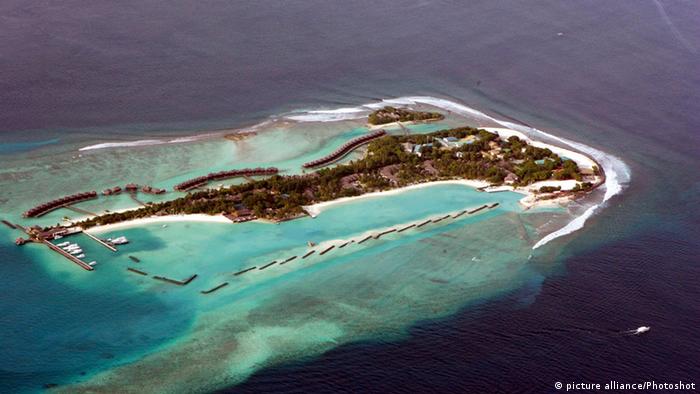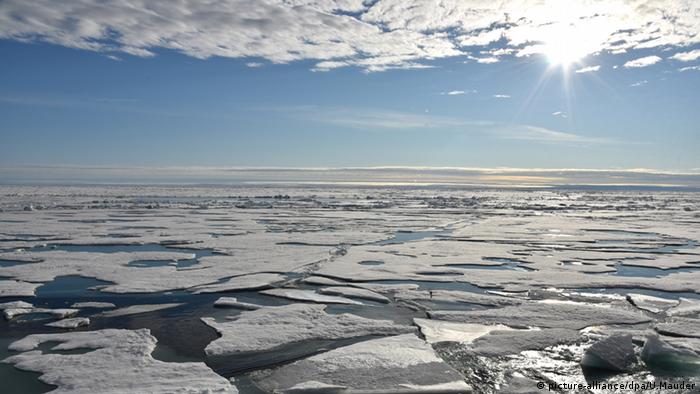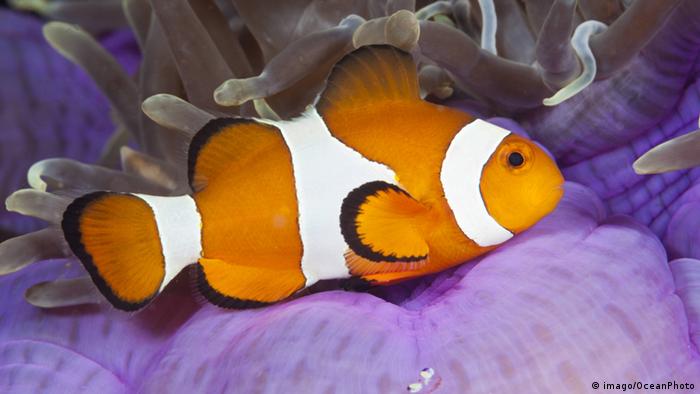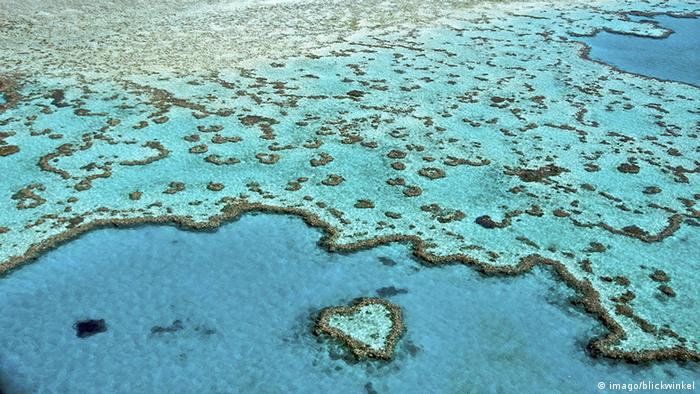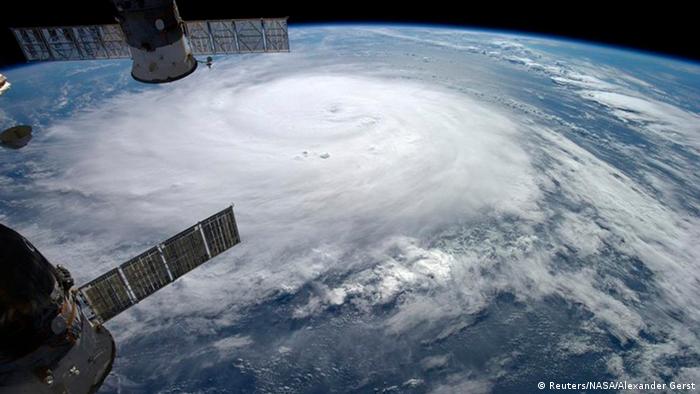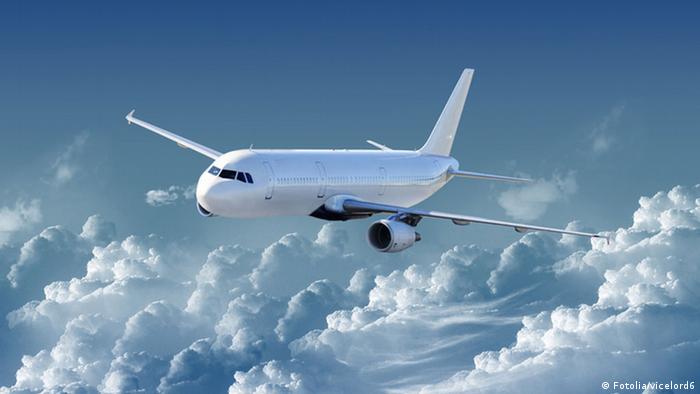From the Antarctic to Bremerhaven. A Team of scientists and students is the warming of the seas in the deep sea on the bottom of it.
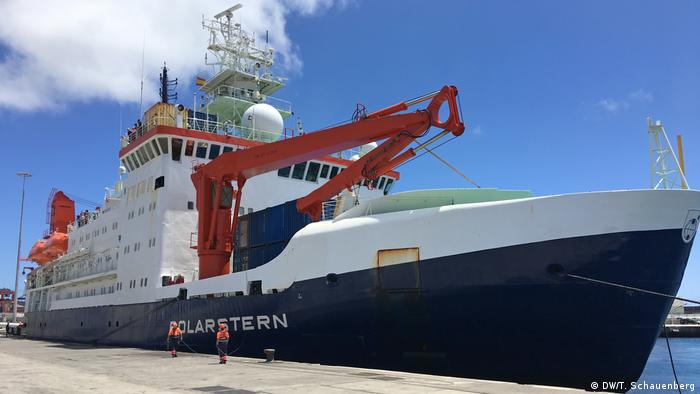
The sun burns through to the helicopter-landing place of the pole star, some of the Sailors enjoy the peace in lawn chairs, your lunch, to the eye can see, surrounded by the sparkling ocean as far as.
On the working deck to starboard, a crane lifts a deep-sea measurement station as big as an airplane turbine over the railing and a steel cable squelchy in the open ocean sink. The measuring device is to take in up to 4800 metres of water samples and measurement data on the salinity and the temperature collect.
We are located on the open sea a few hundred kilometers to the South of Portugal and West of Morocco, where the warm Mediterranean sea meets the cold Atlantic ocean.
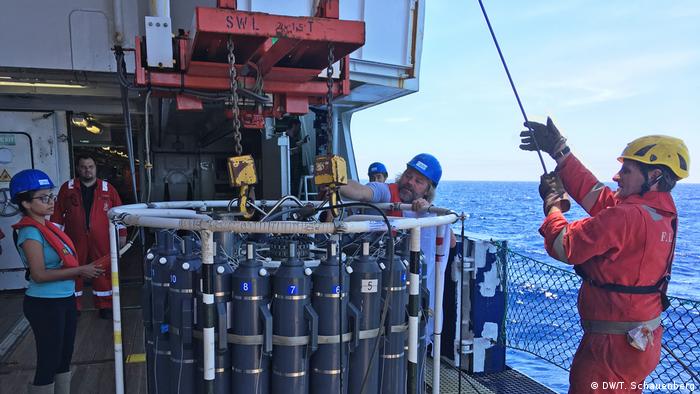
The deep-sea measurement station on the Deck
“We know that the middle layers of water [from 300 meters to 1500 meters of depth] in the last thirty years have warmed in some regions between 1.1 and 1.5 degrees”, says Peter Croot, scientists at the National University of Ireland, Galway, while he, surrounded by a group of students, in the winch control room of the research vessel, the commands for the measurements there.
“That may not sound like much, but given the energy it takes to heat water by one degree, is the very much.”
Worldwide, the oceans have warmed in the last hundred years, an average of about 0.8 degrees. Find out if the Trend continues, that’s the point of the Crossing.
Anjana Aravind watched the Events on the red, green, and blue curves that build up on the screen in the winch control room of the research vessel.
“In 3300 meters depth, we see that the water temperature is 2.4 degrees,“ says the 24-year-old physicist from Kerala in India, while it records the value in a table.
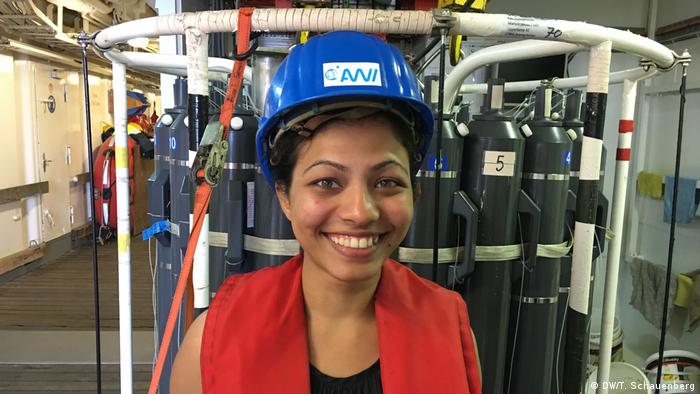
Anjana Aravind is part of the South North Atlantic Transition Trainsec
In a month half way around the world
With 22 other students from 20 countries, Anjana Aravind is part of the South North Atlantic Transition Trainsec, a kind of summer school for sea crazy young scientists on the high seas.
Of Port Stanley on the Falkland Islands in the South of Argentina, the journey through the temperate to subtropical regions of the Atlantic ocean, about four weeks, and around 13,000 kilometers to Bremerhaven. Sometimes high waves the ship through accompanied by Arctic waters throughout the South Atlantic and caused some on Board in the consultation room of the physician vary.
More: Huge cavity beneath Antarctic glacier
Research, nevertheless, no matter how fast the pens, and Laptops at sea from one side of the table to the other, rolled.
Every two to three days the ship, to the long-term measurements. First of all, in the water layers of the Arctic, three weeks later, on the Equator off the coast of West Africa. They are made especially by the students, under the supervision of experienced scientists from Ireland, Germany, new Zealand, South Africa, Argentina and Portugal. In addition to Collecting water samples and data, should be taught to the young practical methods for the study of climate and the oceans.
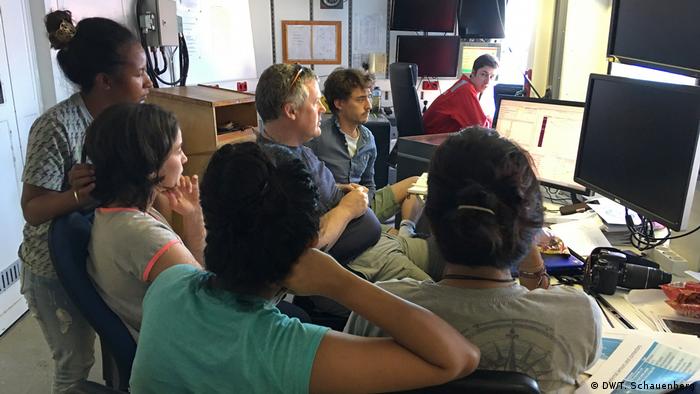
Ocean Peter Croot and the young scientists can watch the data sent from the deep sea on Board
“[The ocean] works like an air conditioner. Everything we do is influenced by the ocean.”, expedition leader Karen Wiltshire of the DW says she is also Vice-Director of the Alfred-Wegener-Institute for Polar – and marine research, leads the Expedition through.
Because the oceans take up 90 percent of the heat of the globe, and regulate the climate system of our planet. The ocean heats up, it absorbs less CO2, and more carbon dioxide remains in the atmosphere, with consequences for life on Land.
“This connection between the Land and the sea and the threat to human livelihoods is becoming increasingly problematic,” says Wiltshire. The seminars on Board to mediate between the different Sciences.
More on the topic of: chain reaction: The puffin has against the warm seas of the world no Chance
The transfer of knowledge
“If we want to contribute to the Human Development Goals are met, then we need experts and not just in one part of the earth,” says Wiltshire. All member States of the United Nations had agreed on 17 sustainable development goals, including poverty eradication and environmental protection to be met by 2030.
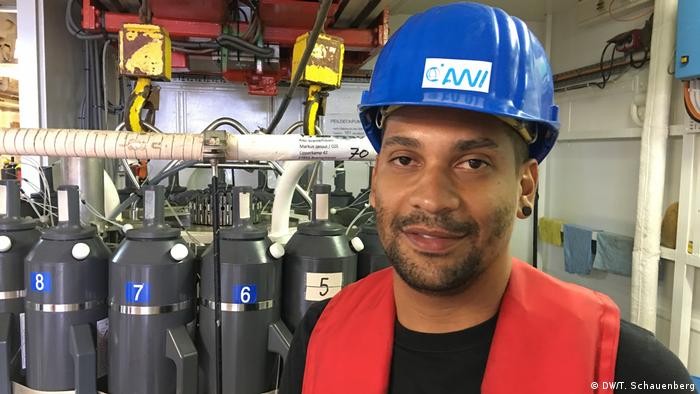
Yohan Didier comes from the island of Mauritius
On Board mainly students from developing countries, where the consequences of climate change are already visible today are, therefore.
In Aravinds home town of Kerala, it was only last year a severe Flooding, with more than 320 dead. Your family was not affected, because your house is on a hill. But friends of her have had to endure for days on their roof until they could be brought to safety, she says.
“The monsoon in India is very very unusual in the last few years. He comes irregular, but when he comes, it rains suddenly extremely violent,“ she says of the DW. “You always have to expect landslides.”
Find out more: climate change causing extreme weather: Can we prove this?
Yohan Didier comes from the small island of Mauritius. In recent years, and are dead to the island around 60 to 70 percent of the coral. “Corals are very sensitive, if the temperature of the water changes only a degree or two,” he says. “Last year was extremely hot. When I go diving, I see more and more bleached corals will die off soon.”
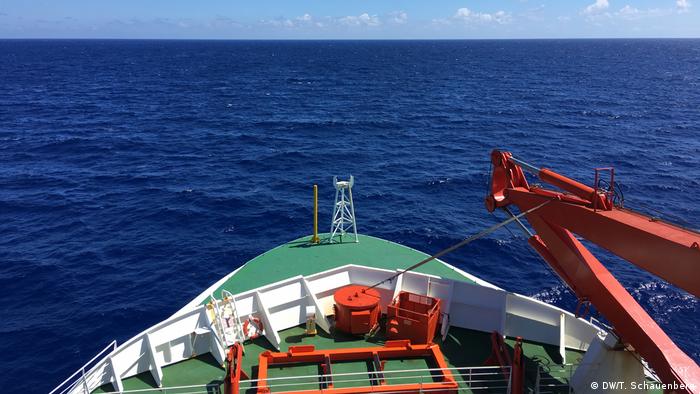
The bow of the polar star with views of the Atlantic ocean
Didier’s example of the scientist David Vaughan. He accidentally discovered that coral, when broken into individual parts, instead of 75, only three years before they can reproduce. Vaughan would like to naturalizing in the next few years, millions of farmed corals in the sea off the coast of Florida. Didier wants to start in the next few years with a few thousand to Mauritius.
After three and a half hours, the crane pulls the Deep-sea gauge-dripping out of the water and the ship takes on its way with 14 nodes again.
It will take two measuring stations or six days, until you go in Bremerhaven in the country. The meteorologist on Board is predicting for the next few days, no seasickness, on the contrary, Sunny to partly cloudy, calm water. At the evening, the Crew spans climes red, green, and blue strings of lights above the work deck to starboard, the Sailors loaded the ship to the Barbecue in the warm, around the fresh sparkling ocean.
